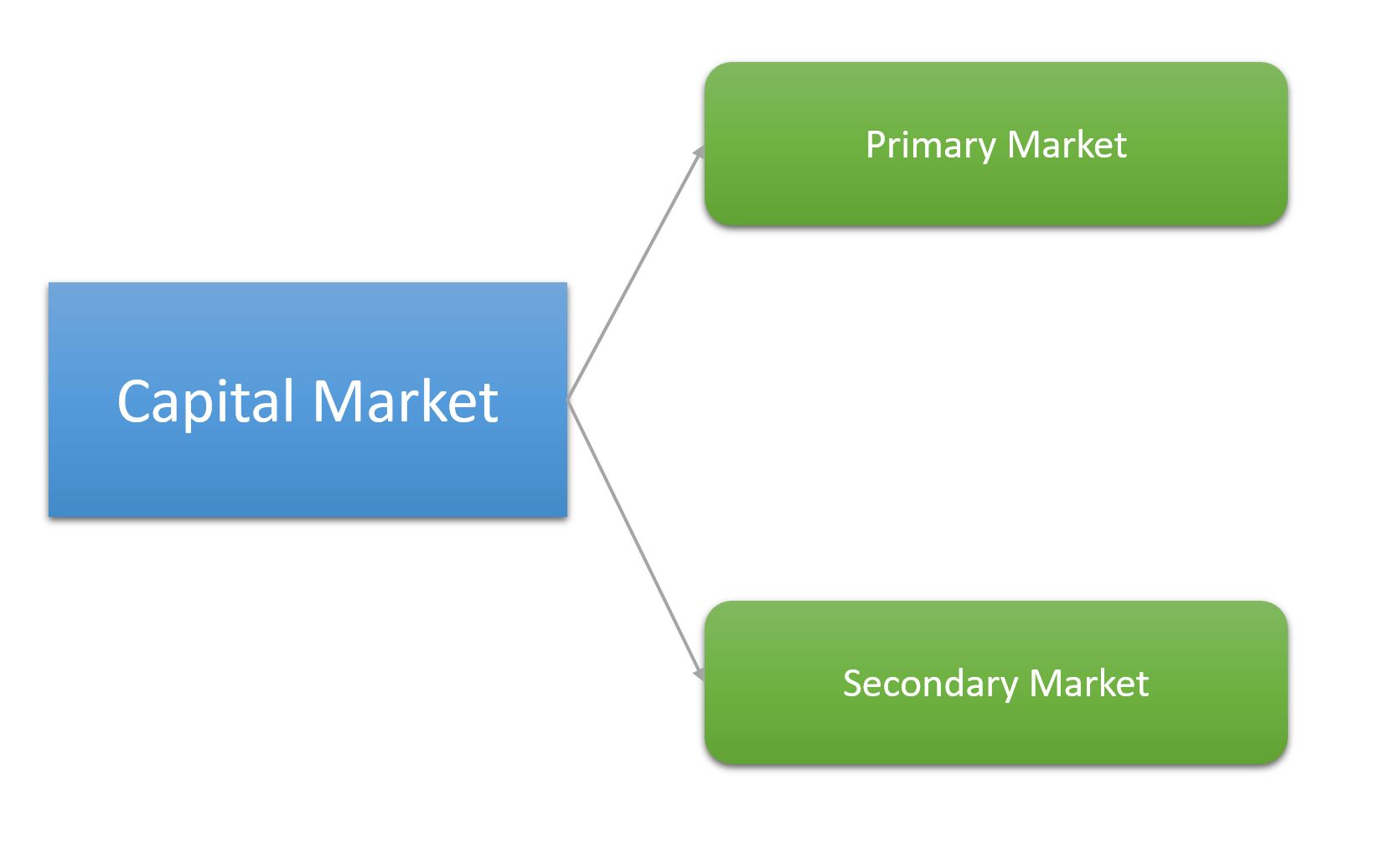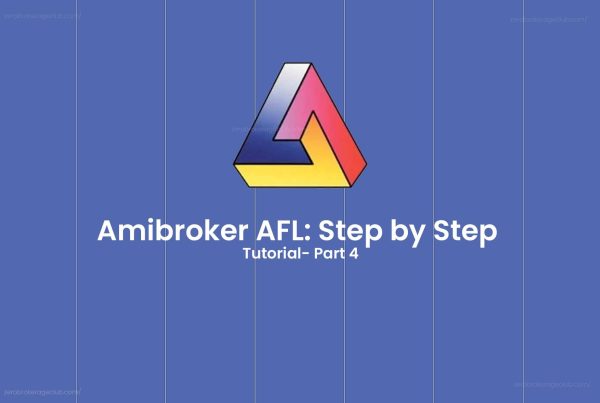Understanding Stock Market Fundamentals
Over the past decade, I’ve had numerous conversations with stock market enthusiasts. I’ve observed that many of them have a limited grasp of the fundamentals. They often simplify it to a single rule: “Buy Low and Sell High.” While this rule indeed forms the foundation of stock market success, it’s crucial to have a solid understanding of the basics for long-term prosperity. In this post, we’ll demystify a fundamental concept known as the Initial Public Offering (IPO). We’ll also explore the IPO process in India, which shares similarities with other countries.
Also Read: Essential Stock Market Learning
Simplifying Primary and Secondary Markets
Before we delve into the IPO process, let’s clarify Primary and Secondary markets in simpler terms.

Primary Market: This is where a company directly offers shares to investors to raise capital, either when it’s newly listed or when it needs more funds post-listing.
Secondary Market: In this market, individual investors trade securities after they’re listed on the stock exchange. Brokers, such as the National Stock Exchange (NSE) and NYSE, facilitate these trades.
Demystifying the Initial Public Offering (IPO)
An Initial Public Offering (IPO) is a process in which a privately registered company becomes publicly listed on stock exchanges by issuing shares in the primary market. This move aims to secure funds for business expansion. It’s also referred to as “Going Public.” Before an IPO, a company can only distribute shares privately to a select group of investors. An IPO opens up the opportunity for anyone to invest in the company.
Eligibility for Applying for an IPO
Any privately registered company can apply for an IPO once it reaches a stable revenue stage. Credibility and public trust are vital for a successful IPO. Various criteria must be met before applying. Each country and stock exchange has its own criteria, with low revenue and asset thresholds to encourage small companies to go public.
Initial Public Offering (IPO) Process in India
You can check the eligibility criteria for the National Stock Exchange (NSE India) here.
Once a company meets all the eligibility criteria for an IPO, it must follow these steps to list on the NSE. SEBI (Securities and Exchange Board of India) oversees the entire IPO process.
Step 1: Selecting an Investment Bank
Investment banks act as underwriters for the IPO, representing the company. The company can choose any investment bank by paying the requisite fees. Sometimes, companies select multiple banks for efficient and unbiased execution of the process.
Step 2: Submitting Registration Forms to SEBI
To initiate the IPO process, a company must submit the prescribed registration form to SEBI. This form captures financial stability, among other details. SEBI conducts the initial scrutiny based on this information.
Step 3: Submitting the Red Herring Prospectus
The Red Herring Prospectus provides more comprehensive details on the company’s assets, revenue, and other financial parameters. It is submitted to SEBI with the assistance of an underwriter from the investment bank.
Step 4: Advertising and Promotion
After receiving initial approval from SEBI, the company and underwriter create advertising campaigns to promote the IPO. More investor interest at this stage results in a higher listing price. Advertising can be done through various media outlets, including print and digital.
Step 5: Determining the Price
With the help of the investment bank, the company establishes the initial security price. The company can either fix the price or determine it through a book-building process. In the book-building process, the underwriter sets a price range, and investors bid during a defined period. The final price is determined based on investor demand. More bids lead to higher initial listing prices.
Step 6: Listing and Refunds
After determining the price, the company lists on the NSE. Shares are allocated to investors based on the bid amount and a first-come, first-served basis. The company refunds non-allotted investors.
How to Invest in an IPO
Most Stock Brokers offer IPO investment options through their trading platforms. Discount Brokers may not provide this option, but you can invest via a standard bank account by providing your DP ID. Here are the simple steps to apply for an IPO:
- [eafl id=”227363″ name=”Upstox” text=”Open a Demat account “] with your preferred broker.
- Refer to newspapers or financial magazines for upcoming IPO subscription dates.
- During the subscription period, log in to your trading platform and select the desired IPO for investment.
- Choose the number of shares and bidding price (optional).
If you receive the shares, they will be credited to your DEMAT account. If not, your funds will be refunded to your linked bank account.





One Comment